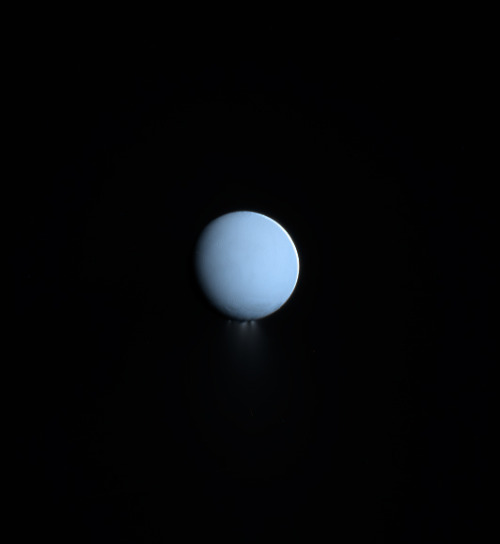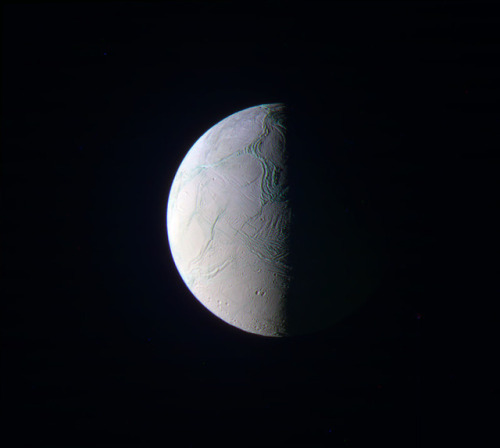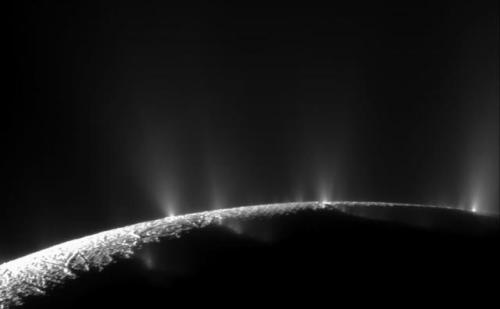Red Giant
Red Giant

Picture of the Day - November 8, 2019
A scorched plant and its moon orbiting a bloated Red Giant. Both of these worlds orbit the star at twice the distance Neptune orbits from the sun, yet have surface temperatures of more than 1,200 °F.
More Posts from Sharkspaceengine and Others

Picture of the Day 2 - November 9, 2018
Narrow sea cuts through the forests of a life supporting world with red-colored vegetation.

Picture of the day - February 15, 2019
Gas giant with vivid violet rings.

Picture of the day 2 - November 14, 2018
An earth-like moon orbiting a gas giant. This moon has purple-colored vegetation and extremely large ice caps.
Space Engine System ID: RSC 8475-0-4-2269-22 A4

Picture of the day - December 13, 2018
Two large moons cross the face of an ice giant.

Picture of the day 2 - January 6, 2019
Titan-Like World.







O’Srius System - Post 3 (Stunning World)
Here we come across the smaller component of a double planetary system, being the 9 and 10th planets from the star. This planet is by far the most visually stunning world I have come across in the 6 months of playing space engine.
The world is roughly the same size as Earth, but only 0.58 times the mass. The surface is covered in liquid nitrogen oceans and nitrogen ice-caps. The planet has a surface temperature of 68 K or -337 °F. The atmosphere is composed of nitrogen and argon with a surface pressure of 0.095 atmospheres. The surface has a nitrogen cycle, much the same as Earth has a water cycle.
High Resolution Pics
Picture 1 - Crescent
Picture 2 - Gibbous
Picture 3 -
Picture 4 - River Channels
Picture 5 - Varied terrain
Picture 6 - Polar Cap
Picture 7 - Nitrogen Shoreline

Picture of the day 2 - November 15, 2018
Shepard moon orbiting within a ring gap of a giant planet.








Sometimes I wonder how beautiful the Universe is, and we do not even have to go that far. Imagine seeing Neptune and Uranus from their moons…
Images: x, x, x, x, x, x, x (artist’s impression)









Enceladus
Enceladus is one of the major inner moons of Saturn along with Dione, Tethys, and Mimas. It orbits Saturn at a distance of 148,000 miles (238,000 km), falling between the orbits of Mimas and Tethys. It is tidally locked with Saturn, keeping the same face toward the planet. It completes one orbit every 32.9 hours within the densest part of Saturn’s E Ring, the outermost of its major rings, and is its main source.
Enceladus is, like many moons in the extensive systems of the giant planets, trapped in an orbital resonance. Its resonance with Dione excites its orbital eccentricity, which is damped by tidal forces, tidally heating its interior, and possibly driving the geological activity.
Enceladus is Saturn’s sixth largest moon, only 157 miles (252 km) in mean radius, but it’s one of the most scientifically compelling bodies in our solar system. Hydrothermal vents spew water vapor and ice particles from an underground ocean beneath the icy crust of Enceladus. This plume of material includes organic compounds, volatile gases, carbon dioxide, carbon monoxide, salts and silica.
With its global ocean, unique chemistry and internal heat, Enceladus has become a promising lead in our search for worlds where life could exist.

In 2005, Cassini’s multiple instruments discovered that this icy outpost is gushing water vapor geysers out to a distance of three times the radius of Enceladus. The icy water particles are roughly one ten-thousandth of an inch, or about the width of a human hair. The particles and gas escape the surface at jet speed at approximately 800 miles per hour (400 meters per second). The eruptions appear to be continuous, refreshing the surface and generating an enormous halo of fine ice dust around Enceladus, which supplies material to one of Saturn’s rings, the E-ring.
Several gases, including water vapor, carbon dioxide, methane, perhaps a little ammonia and either carbon monoxide or nitrogen gas make up the gaseous envelope of the plume.
Read more at: solarsystem.nasa.gov
Image credit: NASA/JPL/Cassini & Kevin Gill





Pictures of the Day December 1, 2018
Insight System - Insight B-II
The second planet orbiting Insight B. This world is a more extreme version of Venus that is choked in a thick carbon dioxide atmosphere 427 times thicker than Earths. Unlike Venus, the atmosphere is humid, water vapor comprises 6.45% of the planet’s atmosphere, further amplifying the greenhouse effect of the atmosphere.
Insight B-II is a super earth with approximately 5.28 Earth’s masses, and a radius of 1.39 Earth Radii. The planet is quite dense and has a surface gravity of 2.7 g. Such a high surface gravity flattens the ground and results in only small elevation changes across the entire surface of the planet. The planet is tidally locked to the sun and orbiting at a distance of 0.09 AU. Surface temperatures average 1,182 F. Most of the surface consists of broad plains covered in shallow sand dunes.
High Resolution Pictures
Insight B-II
Approaching the atmosphere
Storms
Daytime sky
Twilight sky
-
 sharkspaceengine reblogged this · 6 years ago
sharkspaceengine reblogged this · 6 years ago
My Space Engine Adventures, also any space related topic or news. www.spaceengine.org to download space engine. The game is free by the way. Please feel free to ask me anything, provide suggestions on systems to visit or post any space related topic.Check out my other blog https://bunsandsharks.tumblr.com for rabbit and shark blog.
294 posts